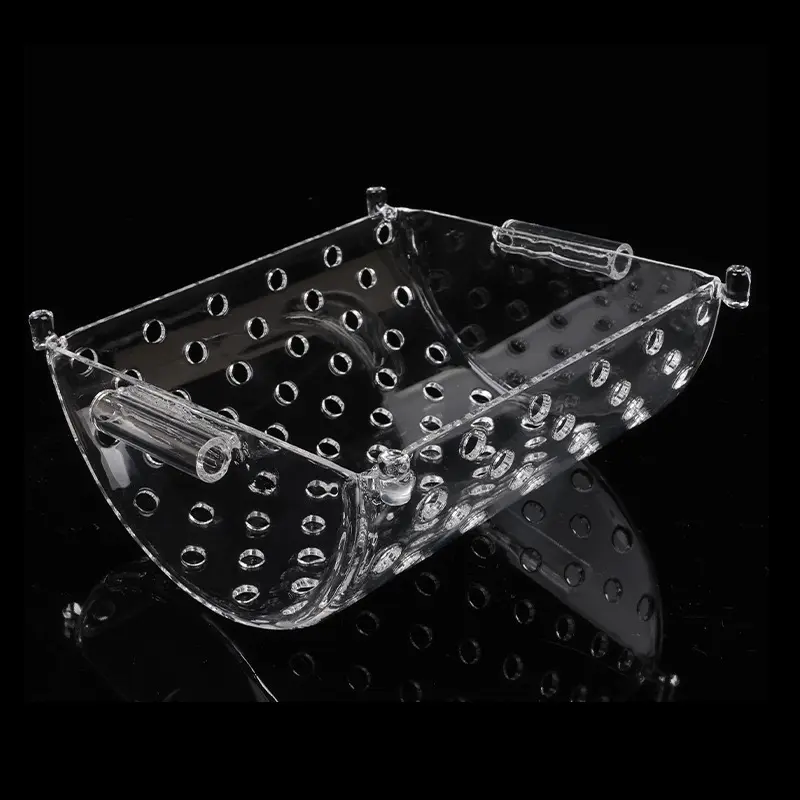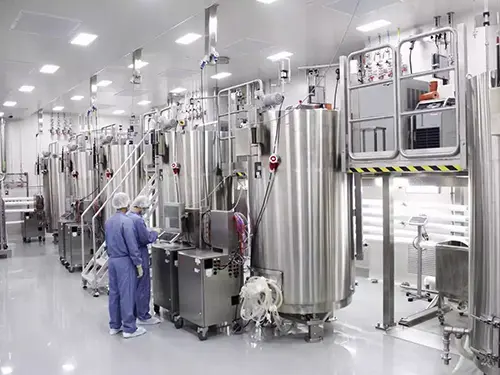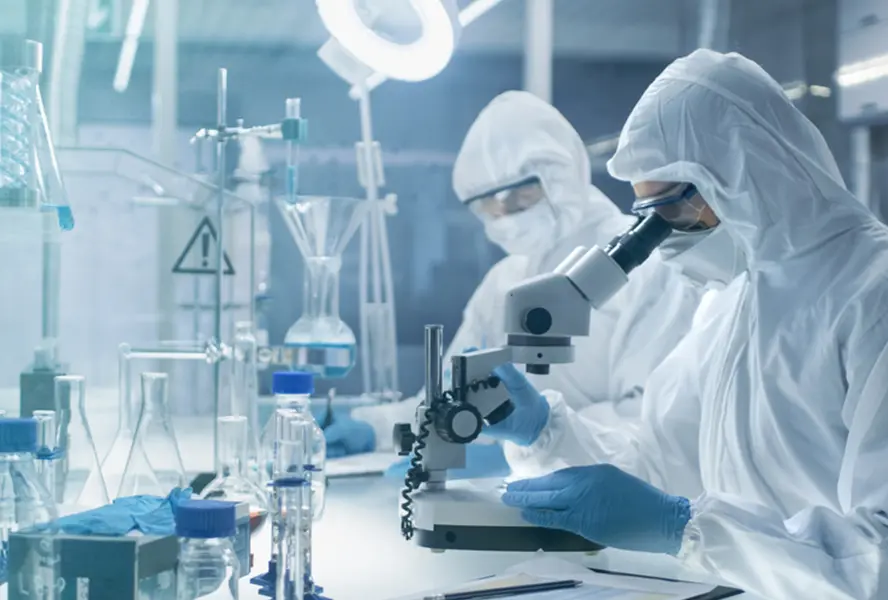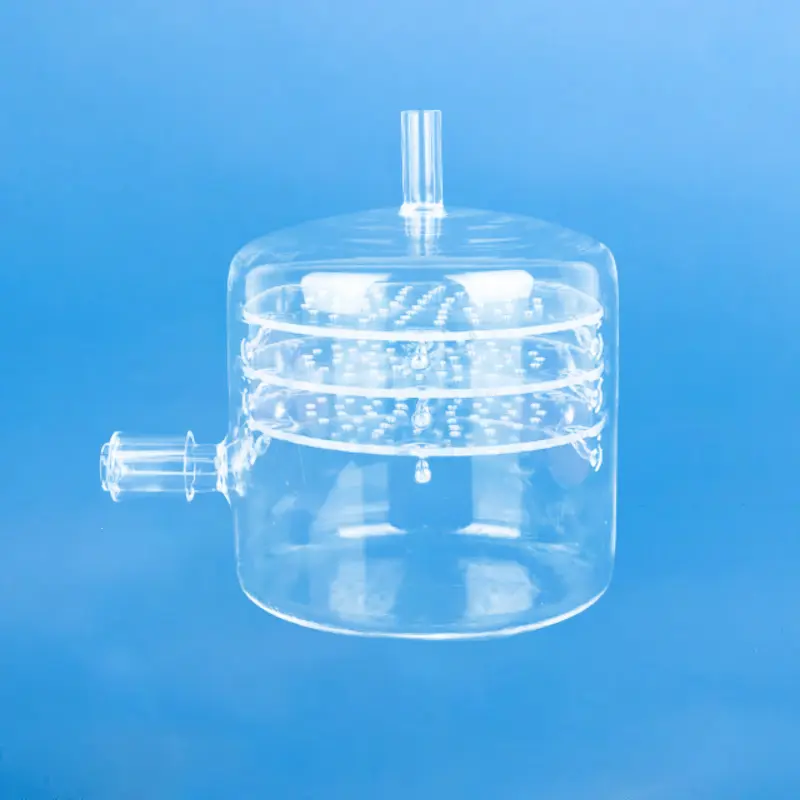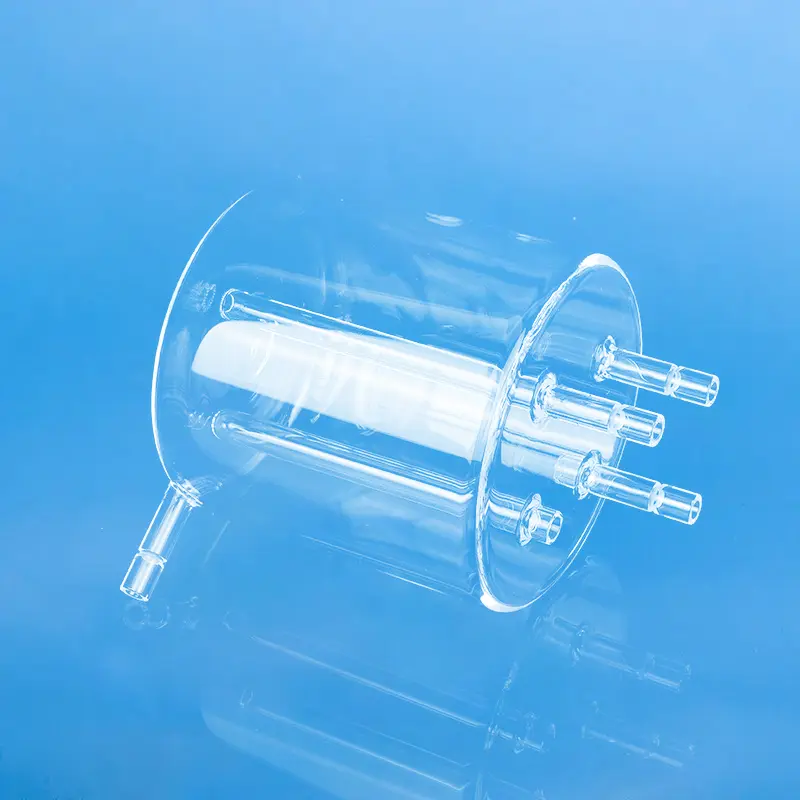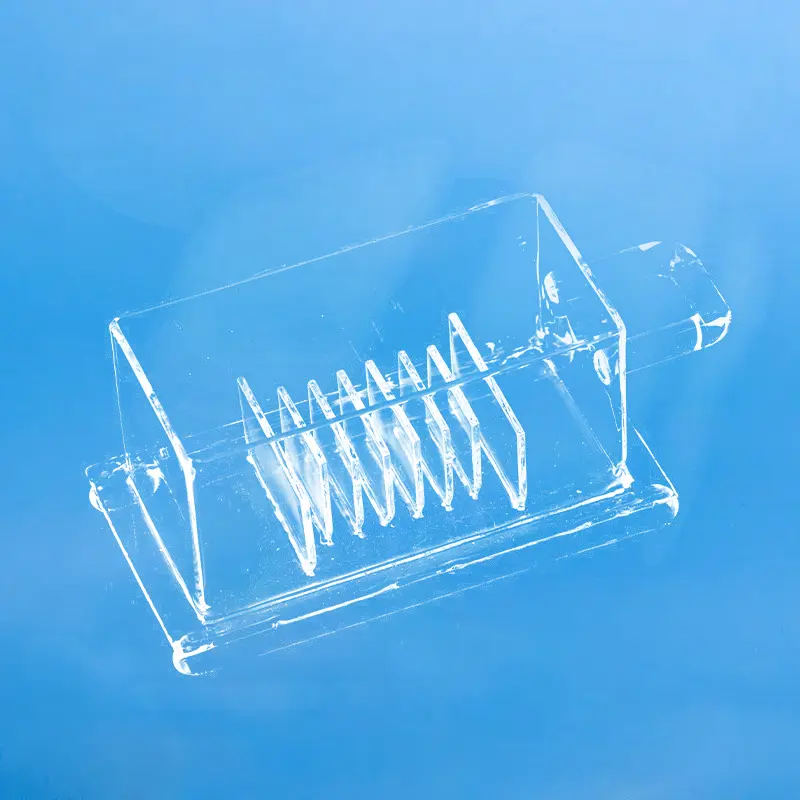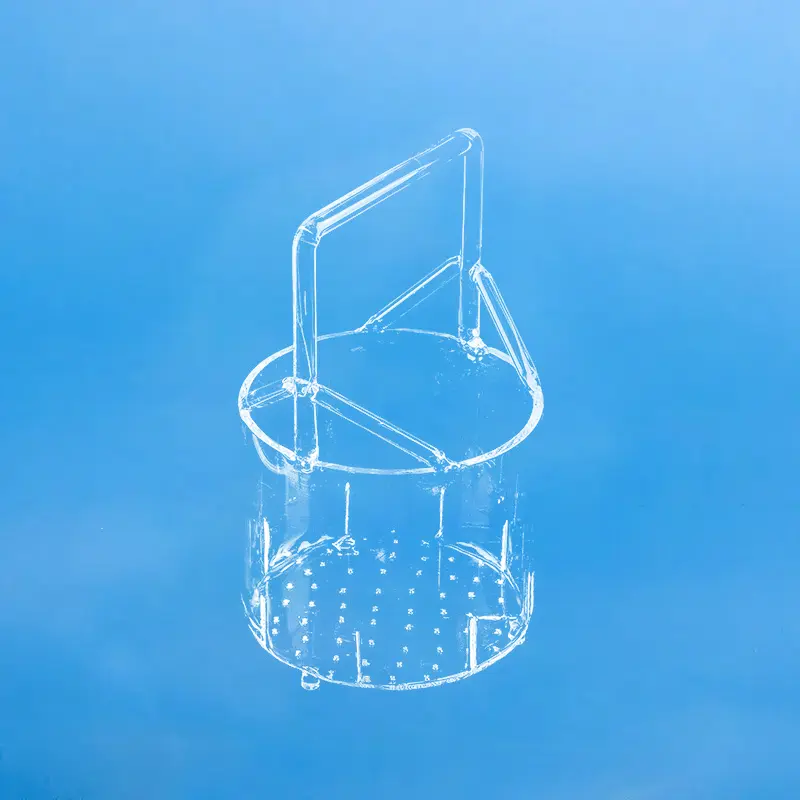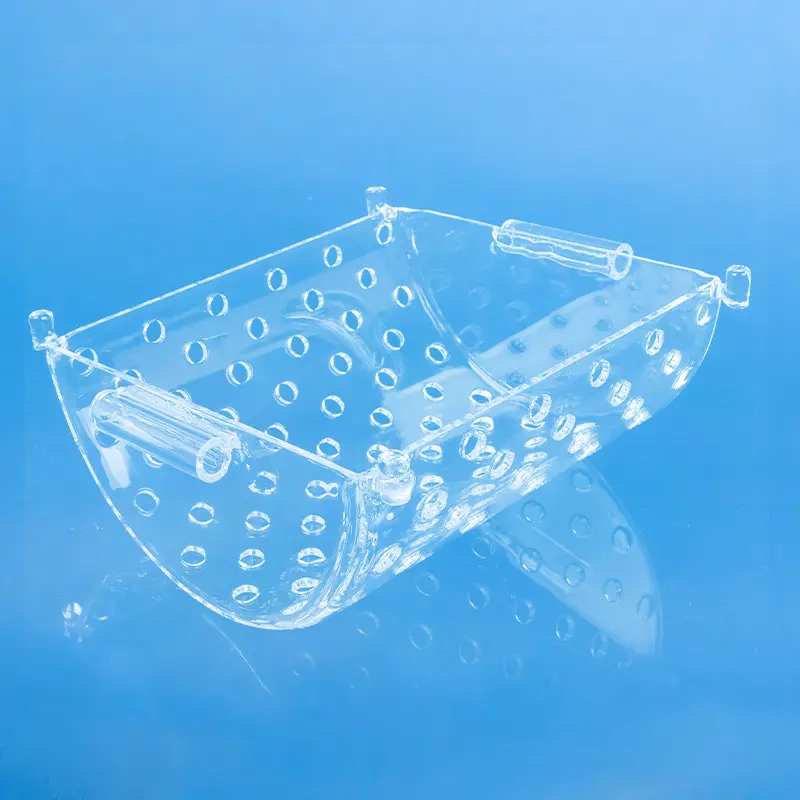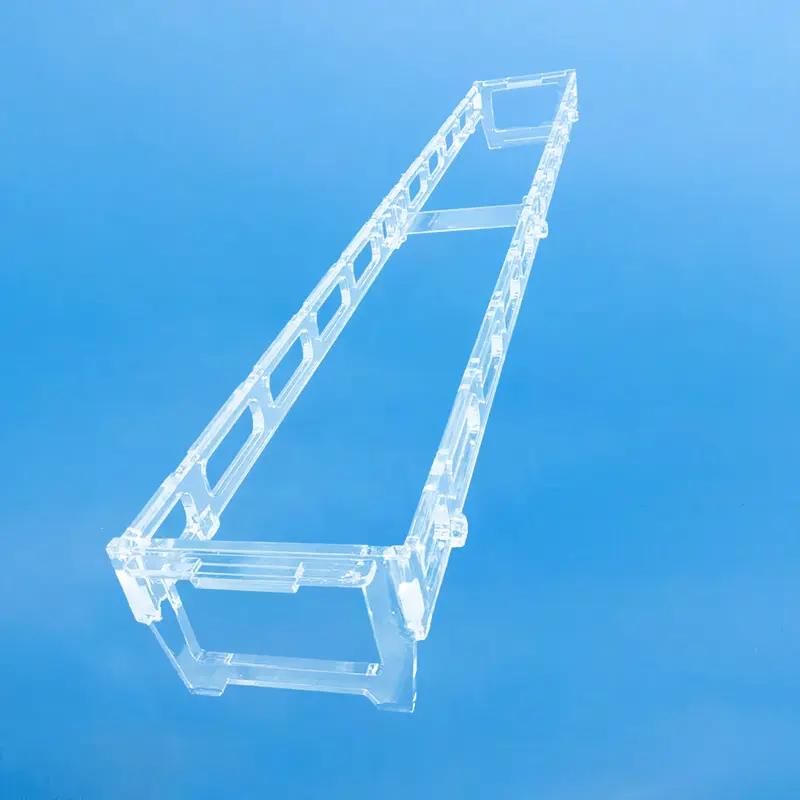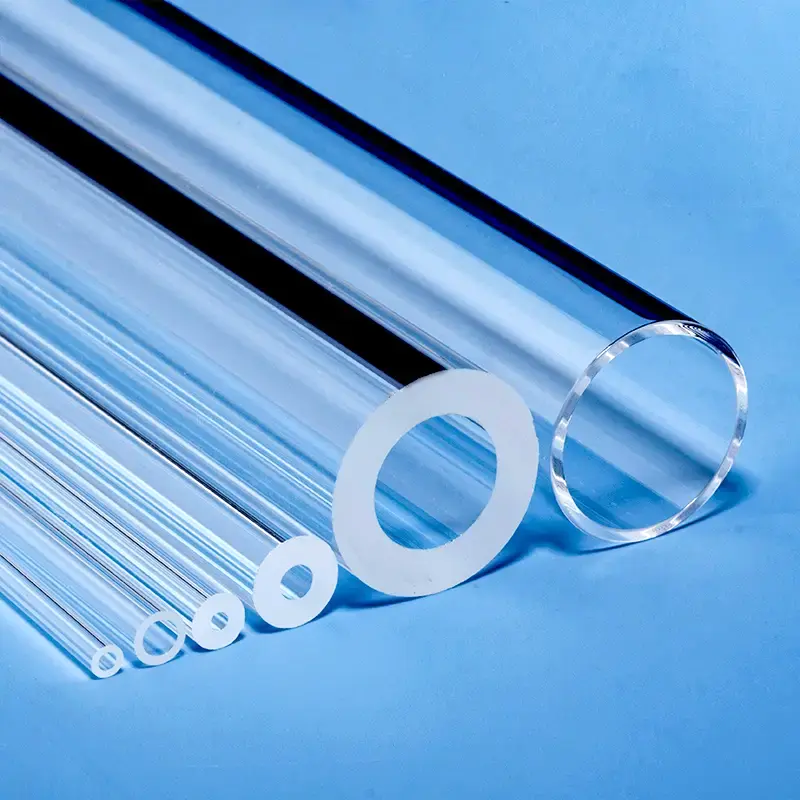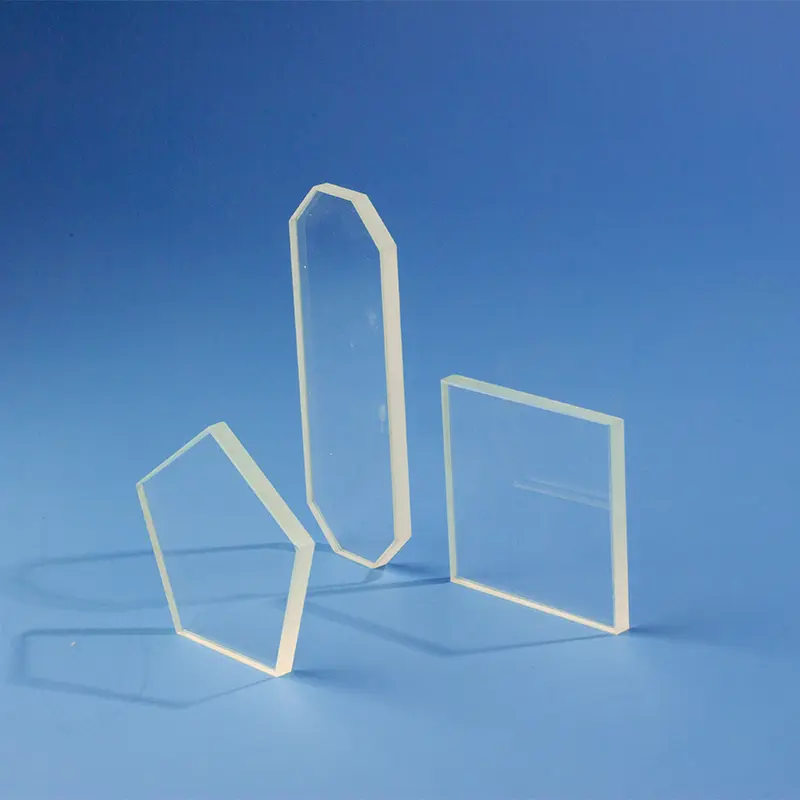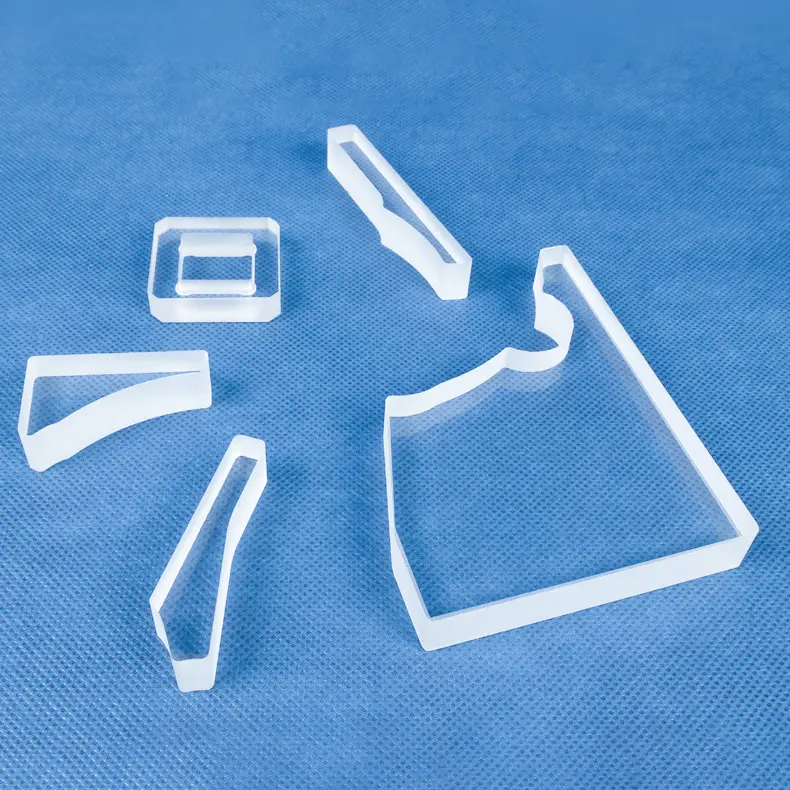Our high-purity perforated quartz wafer baskets are precision-fabricated fused silica carriers, critical for demanding semiconductor and microelectronics wet processing. Designed with strategic perforations for superior fluid circulation, these custom quartz cage boats are essential for uniform cleaning, etching, and rinsing. They offer exceptional chemical resistance, thermal stability, and ultra-low contamination, ensuring precise and reliable performance for delicate component handling in high-temperature and corrosive environments. We engineer bespoke designs to perfectly fit your wafer size, component shape, and process requirements.
| Property Content | Property Values |
|---|---|
| SiO2 | 99.99% |
| Density | 2.2×10³ kg/cm³ |
| Hardness | 5.5 - 6.5 Mohs' Scale 570 KHN 100 |
| Tensile Strength | 4.8×10⁷ Pa (N/mm2) (7000 psi) |
| Compression Strength | >1.1×10⁹ Pa (160,000 psi) |
| Coefficient of Thermal Expansion | 5.5×10⁻⁷ cm/cm·°C (20°C-320°C) |
| Thermal Conductivity | 1.4 W/m·°C |
| Specific Heat | 670 J/kg·°C |
| Softening Point | 1730°C (3146°F) |
| Annealing Point | 1210°C (2210°F) |
| Strain Point | 1120°C (2048°F) |
| Work Temperature | 1200°C (2192°F) |
| Electrical Resistivity | 7×10⁷ ohm cm (350°C) |
| Size | Customized |
| Logo | Customized Logo Accept |
Main Composition
Quartz boats are primarily made of high-purity quartz glass, with silicon dioxide (SiO2) as its main component. This material exhibits unique physical and chemical properties.
High-Temperature Resistance
Quartz glass has exceptional high-temperature resistance, maintaining stability and resisting deformation or melting even in high-temperature environments. This makes quartz boats ideal for high-temperature processing.
Chemical Stability
Quartz glass possesses excellent chemical resistance to various substances, including acids and bases. This characteristic enables quartz boats to carry corrosive liquids and gases in chemical experiments.
Light Transmission
QQuartz glass provides good light transmission, allowing light to penetrate. This is highly useful in applications where it is necessary to observe internal reactions or conduct optical experiments.
Application Scenario
A quartz boat is a high-temperature processing container used in semiconductor manufacturing. It is typically made of high-purity quartz glass and serves to hold silicon wafers during high-temperature processing.
When using a quartz boat, precautions regarding high-temperature safety, chemical corrosion protection, and adherence to operating procedures must be followed to ensure the safety of personnel and the normal functioning of the equipment.
Quartz boats can be customized to fit various silicon wafer sizes, ensuring the stability and safety of the wafers during high-temperature processing.
Frequently asked questions
We specialize in the end-to-end manufacturing of high-purity quartz glass components. Our core product lines include:
Quartz Tubing & Rods: A wide range of diameters and specifications.
Quartz Plates & Discs: Precision-cut and polished for optical and industrial use.
Quartz Labware: A full suite of standard and custom glassware, including beakers, flasks, and boats.
Semiconductor-Grade Quartz: High-purity components like process tubes and carriers for semiconductor fabrication.
Custom Fabricated Components: We can produce complex parts tailored to your unique designs and specifications.
Yes. Custom fabrication is at the core of our business. With over a decade of specialized experience, we partner with companies to provide expert OEM/ODM services. Our capabilities include welding, grinding, drilling, polishing, bending, and other precision processing techniques to create components that meet your exact requirements.
Quality is paramount in our manufacturing process. We are an ISO 9001:2015 certified manufacturer, ensuring that our processes meet international quality management standards.Our products also undergo rigorous SGS testing for purity and performance. We use high-purity raw materials (up to 99.998% SiO2) to produce fused quartz and fused silica products with exceptional thermal stability, high-temperature resistance, and chemical inertness.
We've streamlined our process to be as efficient as possible:
Submit Your RFQ: Send us your technical drawings, specifications, and requirements via our website contact form or email.
Rapid Response: You can expect an initial response within minutes and detailed communication within half an hour.
Design & Proposal: We will deliver a detailed design proposal and a competitive quote within 24 hours.
Prototyping & Production: Upon approval, we move swiftly from prototyping to full-scale production to meet your deadlines.
Partnering with Aoxin Quartz offers several key advantages:
Proven Expertise: With 10+ years in the industry, we have the technical knowledge to tackle complex challenges.
One-Stop Solution: We manage the entire production process, from sourcing high-purity raw materials to fabricating and finishing complex components.
Competitive Value: Located in a major quartz production hub, we leverage an efficient supply chain and advanced manufacturing to offer exceptional quality at a competitive price point.
Dedicated Partnership: Over 90% of our clients become long-term partners. We are committed to your success through responsive service, reliable quality, and innovative solutions.

